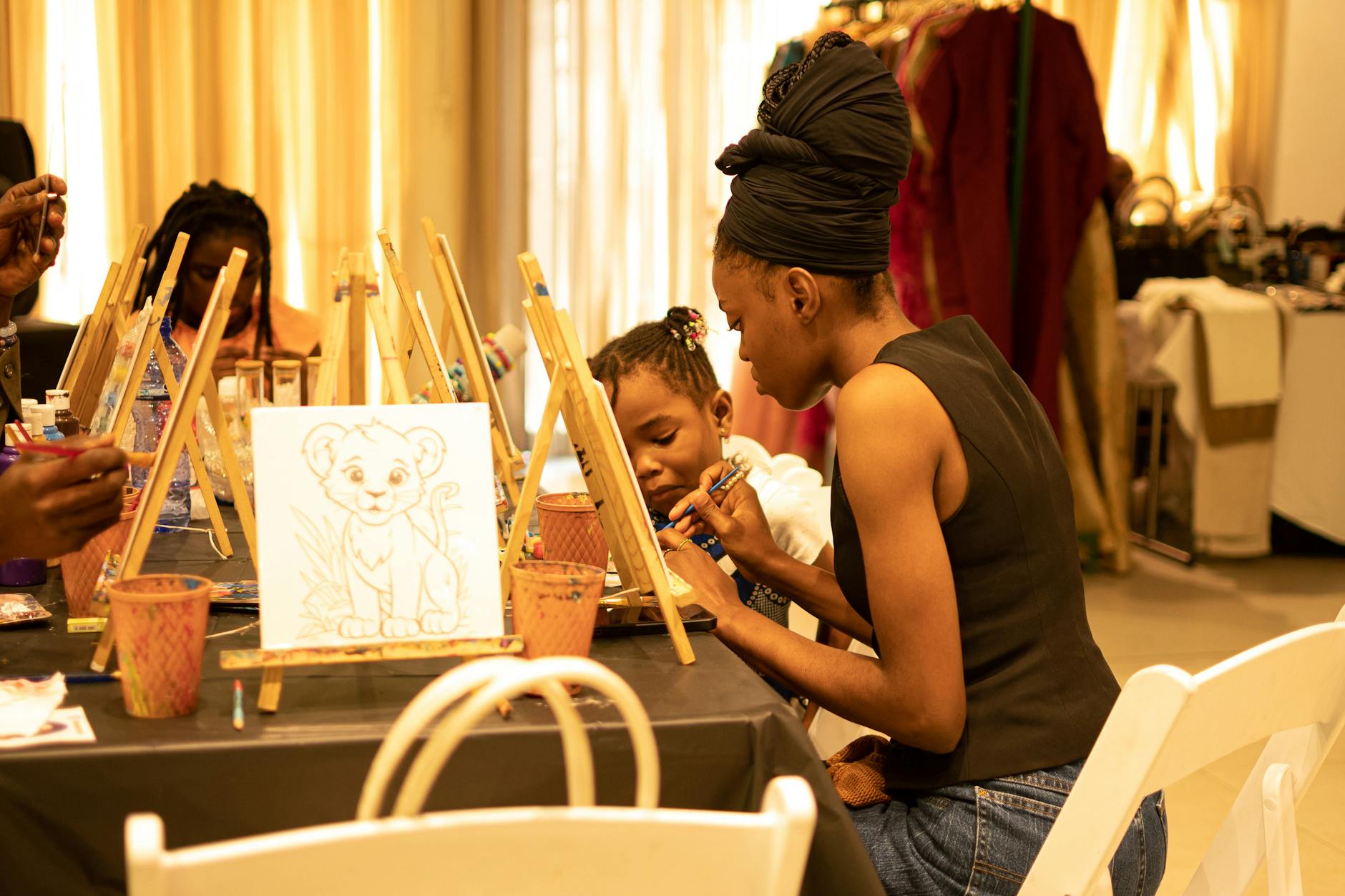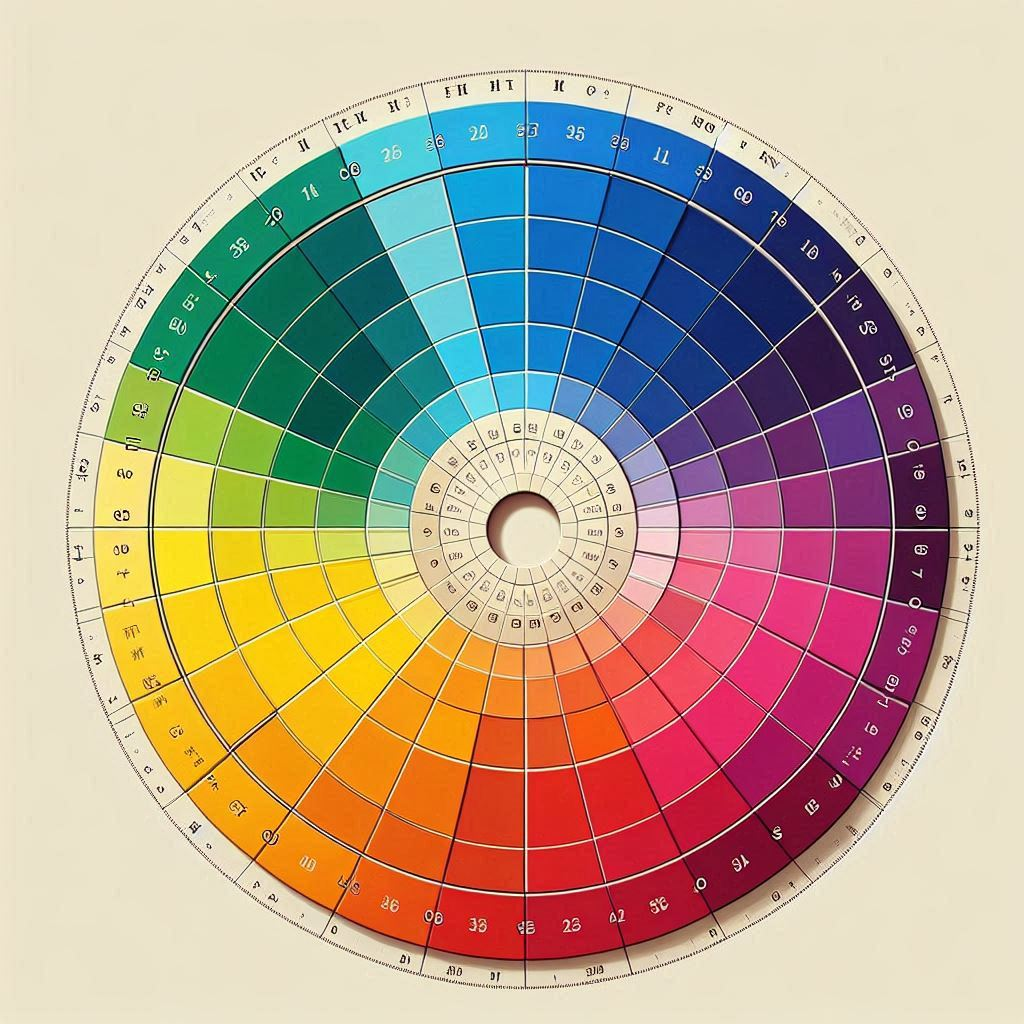For decades, society has romanticized the idea of “natural talent”—the belief that geniuses like Picasso or Frida Kahlo were born with an innate gift. Coupled with this myth is the 10,000-hour rule, popularized by Malcolm Gladwell in Outliers, which claims mastery requires 10,000 hours of practice. But what if both concepts are flawed? Let’s dismantle these narratives and explore what truly fuels artistic excellence by debunking the 10000 hour rule.
Summary Key Points
- Origins and Misconceptions of the 10,000-Hour Rule:
- The rule is based on Anders Ericsson’s research on deliberate practice but was oversimplified by Gladwell.
- Quality of practice, not just quantity, is crucial for mastery.
- Case Studies of Artists:
- Grandma Moses and David Hockney exemplify how adaptability and curiosity, rather than innate talent or hours of practice, drive artistic success.
- Environmental and Systemic Factors:
- Mentorship, resources, and cultural biases significantly influence the recognition and development of artistic skills.
- Neuroplasticity and Growth Mindset:
- Neuroscience shows that the brain can rewire itself through practice, supporting the idea that skills can be developed at any age.
- A growth mindset, as studied by Carol Dweck, is essential for perseverance and success.
- Dangers of the Talent Myth:
- The talent myth can lead to self-limiting beliefs, gatekeeping, and burnout.
- Focusing on learning and growth, rather than innate ability, is more productive.
- Cultivating Mastery:
- Embrace deliberate practice, seek feedback, experiment with new mediums, and rest strategically to enhance creativity.
- Redefining Success:
- Artistic success is about the impact of one’s voice, not the number of hours practiced.
Origins of the 10,000-Hour Rule (And Why It’s Misleading)

The 10,000-hour rule, popularized by Malcolm Gladwell in “Outliers,” suggests that achieving world-class expertise in any field requires approximately 10,000 hours of deliberate practice. This concept underscores the importance of sustained effort and practice over natural talent. However, it’s not just about time spent; the quality and focus of practice are crucial. Critics argue that individual differences and innate abilities also play significant roles in achieving mastery.
The rule stems from psychologist Anders Ericsson’s research on deliberate practice—focused, goal-oriented training with feedback. However, Gladwell’s oversimplification ignored Ericsson’s key finding: Not all practice is equal.
- Mindless repetition ≠ mastery: Painting the same subject for years without critique or adaptation yields stagnation.
- Quality over quantity: A study of pianists found how they practiced (e.g., tackling weaknesses, seeking mentors) mattered more than total hours.
The truth: Mastery isn’t a checkbox at 10,000 hours. It’s a dynamic process of learning, unlearning, and evolving.

Case Study: Artists Who Defied the “Talent” Timeline
1. Grandma Moses (Anna Mary Robertson)
- Started painting at age 78 with no formal training.
- Became a folk art icon, proving creativity thrives at any age.
2. David Hockney
- Switched from traditional painting to iPad art in his 70s, embracing new tools despite his established career.
- Lesson: Mastery isn’t static—it’s about adaptability.
These artists didn’t rely on “talent” or arbitrary hour counts. They prioritized curiosity and resilience.
The Role of Environment, Access, and Privilege
Talent narratives often ignore systemic factors:
| Factor | Impact on Mastery |
|---|---|
| Mentorship | Guidance accelerates skill development |
| Resources | Access to tools/classes reduces barriers |
| Cultural Bias | Recognition often favors privileged voices |
Example: The Guerrilla Girls exposed how gender and race bias in galleries skewed perceptions of “talent.”
The Science of Skill: Neuroplasticity vs. “Born Genius”
Neuroscience reveals that neuroplasticity—the brain’s ability to rewire itself—is key to skill-building. Studies show:
- Musicians’ brains physically change after years of practice, but similar changes occur in late starters with focused training.
- Growth mindset: Carol Dweck’s research proves believing skills can improve leads to greater perseverance and success.
Takeaway: Your brain isn’t fixed. “Talent” is just a story we tell to avoid the hard work of learning.
The Danger of the Talent Myth
- Self-limiting beliefs: “I’m not talented” becomes an excuse to quit.
- Gatekeeping: Institutions use “talent” to exclude marginalized creators.
- Burnout: Chasing 10,000 hours without purpose leads to creative fatigue.
Fix it: Replace “Am I good enough?” with “What can I learn next?”
How to Cultivate Mastery (Without Counting Hours)
- Embrace deliberate practice: Break skills into micro-goals (e.g., “Master color blending this week”).
- Seek feedback: Join communities like r/ArtCrit or local workshops.
- Experiment wildly: Try a new medium monthly—clay, digital, even AI art tools.
- Rest strategically: Studies show downtime boosts creativity.
Redefining Artistic Success

“Mastery isn’t a destination – it’s a mindset.”
As street artist Banksy once said
“Art should comfort the disturbed and disturb the comfortable.”
Whether you’ve practiced 100 hours or 10,000, what matters is the impact of your voice.
Next Steps: Ready to ditch the myths? Explore our guide on Abstract Painting Prompts to jumpstart your creative journey—no “talent” required.
“The artist is not a special kind of person; every person is a special kind of artist.” – Anonymous 🎨✨



